
Imagine getting home after a long day at work, settling in, and turning on the evening news. The lead story unfolds, detailing a massive recall affecting thousands of vehicles – including, to your dismay, the very car you just parked in your garage. This scenario, unfortunately, is not uncommon in the automotive world, bringing to light the inherent complexities and potential dangers within the manufacturing process. It’s a stark reminder that even the most trusted auto manufacturers can, and do, encounter significant safety issues that necessitate widespread recalls, often endangering owners worldwide.
Such events underscore the critical importance of staying informed about vehicle recalls. While no manufacturer is entirely immune to defects, understanding the history and prevalence of recalls can empower consumers to make more informed purchasing decisions and take proactive steps to ensure their safety. This in-depth report delves into some of the most significant vehicle recalls in automotive history, spanning from recent incidents in 2025 to monumental events decades ago, providing a crucial overview for every car owner and prospective buyer.
We will examine the details of these critical safety announcements, exploring the specific issues that led to them, the scope of their impact, and the measures taken by manufacturers to rectify the problems. Our aim is to provide an objective, data-driven analysis, emphasizing the practical implications for consumers and reinforcing the paramount importance of vehicle reliability and safety. Let’s navigate the complex landscape of automotive recalls, starting with the latest developments.

1. Ford Leads the Way in 2025 Recalls
As of the first half of 2025, Ford Motor Company has unfortunately distinguished itself by leading the industry in safety recalls. The Michigan automaker has issued a staggering 88 safety recalls within the calendar year, a figure that significantly outpaces its closest competitors. To put this into perspective, Forest River, the second-highest manufacturer, reported only 21 vehicle recalls during the same period, illustrating a substantial gap in recall activity.
This high volume of recalls suggests persistent challenges within Ford’s manufacturing and quality control processes. It is important to note that nine of these 88 recalls have been identified as expansions of earlier announcements, indicating that some issues may be more pervasive or complex than initially understood. Such recurring or expanding problems can be particularly troubling for consumers, as they may face repeated service visits or prolonged periods of uncertainty regarding their vehicle’s safety.
While Ford has publicly stated its commitment to implementing changes to address these concerns, the effectiveness of these efforts remains to be seen in the latter half of 2025 and beyond. For current and prospective owners, this trend necessitates a heightened level of vigilance. Staying updated on Ford’s recall notices is essential to ensure that any potential safety defects are addressed promptly, helping to mitigate risks on the road.
Read more about: America’s Iconic Sports Car: Decoding the Most Problematic Corvette Models in History to Help You Buy Smart

2. Ford Recalls a Quarter-Million Broncos and Mavericks in 2025
The challenges for Ford in 2025 began early in the year, with a substantial recall initiated in January concerning a critical battery issue. This recall affected 272,827 Bronco Sport and Maverick models, specifically those produced between February 2021 and October 2023. The root cause was traced to 12-volt batteries manufactured by Camel Battery, a company based in Xiangyang, China, which Ford ceased using in late 2023.
The core problem centered on these batteries’ propensity to unexpectedly lose power, a defect that carries serious safety implications. When vehicles experienced this sudden power loss, drivers were unable to activate essential safety features such as hazard lights or perform other critical tasks, significantly increasing the risk of an accident, particularly in challenging driving conditions or emergencies. This type of failure can leave drivers stranded and vulnerable without warning.
Ford’s proposed solution for this battery recall involved a software update designed to detect potential issues with the Camel batteries before they led to a complete loss of power. While a software fix offers a convenient remedy for owners, the underlying hardware issue highlights the importance of component quality and supply chain scrutiny in modern vehicle manufacturing. Consumers should ensure this crucial update has been applied to their affected Bronco Sport or Maverick vehicles to safeguard against unexpected power failures.
Car Model Information: 2021 Cadillac Escalade Premium Luxury
Name: Ford Bronco Sport
ModelCode: CX430
Wheelbase: 105.1 in
Abbr: on (2.0)
Layout: Front-engine, all-wheel-drive
Designer: Paul Wraith
Sp: us
Related: ubl
Weight: convert
Height: convert
Width: 74.3 in
Length: 172.7 in
Transmission: Automatic Transmission
Engine: Gasoline engine,Ford Ecoboost engine,Ford Ecoboost engine
Platform: Ford C2 platform
Chassis: Unibody
BodyStyle: Sport utility vehicle
Class: Compact crossover SUV
Production: October 2020 – present
Assembly: Hermosillo,Sonora
Manufacturer: Ford Motor Company
ModelYears: 2021–present
Powerout: {{convert,181,hp,PS kW,0,abbr=on
Caption: 2021 Ford Bronco Sport Big Bend
Categories: All-wheel-drive vehicles, All Wikipedia articles written in American English, Articles with short description, CS1 Brazilian Portuguese-language sources (pt-br), CS1 Spanish-language sources (es)
Summary: The Ford Bronco Sport is a compact crossover SUV sold by the Ford Motor Company and marketed under the Ford Bronco nameplate. It was released alongside the sixth generation Bronco body-on-frame SUV, featuring a similar retro and off-road styling in a smaller footprint. The vehicle is based on the front-wheel drive-based, unibody C2 platform, which is also used by the Ford Escape crossover and Maverick pickup.
Get more information about: Ford Bronco Sport
Buying a high-performing used car >>>
Brand: Ford Model: Bronco Sport
Price: $62,985 Mileage: 40,649 mi.
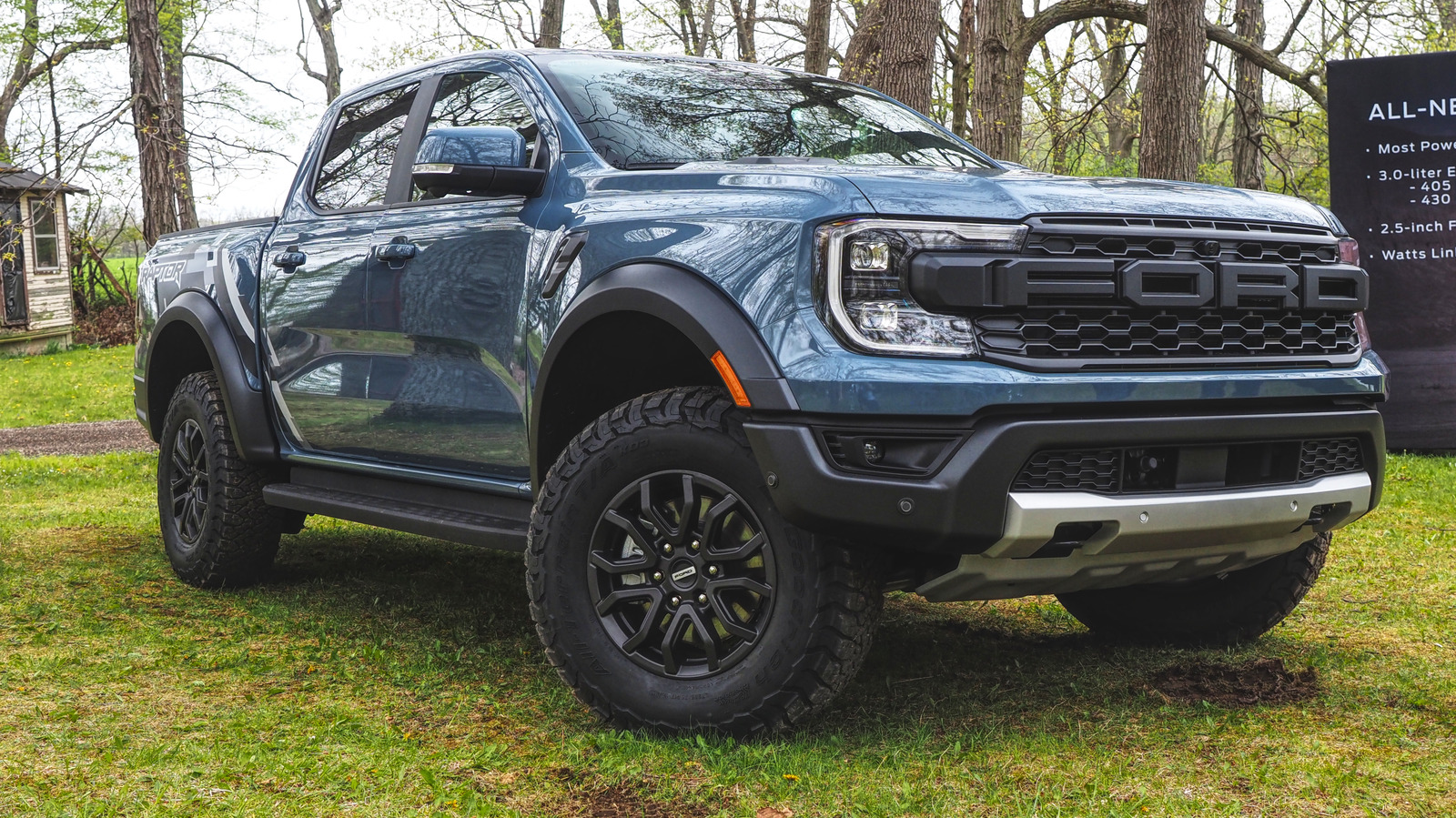
3. Ford Recalls 700,000 Broncos and Escapes in 2025
Adding to Ford’s extensive list of recalls in 2025, another significant action was taken concerning nearly 700,000 Bronco Sport and Escape vehicles. This recall stemmed from a hazardous fuel injector issue, which posed a severe fire risk to owners. The defect involved the fuel injector part potentially cracking and leaking fuel, which could then ignite and lead to a vehicle fire. This is a terrifying prospect for any driver, highlighting a critical safety flaw.
Specifically, the issue arises when engine leaks occur, causing internal components to overheat and increase the risk of combustion. The recall targets 2021-2024 Bronco Sport models and 2020-2022 Escape vehicles equipped with 1.5L engines. This problem is distinctly separate from concerns regarding electric vehicles catching fire, underscoring that traditional combustion engine components can also present significant fire hazards.
Ford’s internal investigations into this fuel injector defect reportedly commenced in 2022, leading to three separate recalls related to this issue over a three-year span. Although software updates have been implemented to mitigate the problem in the affected engines, and the company has stated it is not aware of any injuries related to this particular defect, the ongoing nature of the issue is concerning. Owners of these specific models are strongly advised to promptly schedule a service appointment to address this potentially life-threatening flaw.
Car Model Information: 2021 Cadillac Escalade Premium Luxury
Name: Ford Bronco Sport
ModelCode: CX430
Wheelbase: 105.1 in
Abbr: on (2.0)
Layout: Front-engine, all-wheel-drive
Designer: Paul Wraith
Sp: us
Related: ubl
Weight: convert
Height: convert
Width: 74.3 in
Length: 172.7 in
Transmission: Automatic Transmission
Engine: Gasoline engine,Ford Ecoboost engine,Ford Ecoboost engine
Platform: Ford C2 platform
Chassis: Unibody
BodyStyle: Sport utility vehicle
Class: Compact crossover SUV
Production: October 2020 – present
Assembly: Hermosillo,Sonora
Manufacturer: Ford Motor Company
ModelYears: 2021–present
Powerout: {{convert,181,hp,PS kW,0,abbr=on
Caption: 2021 Ford Bronco Sport Big Bend
Categories: All-wheel-drive vehicles, All Wikipedia articles written in American English, Articles with short description, CS1 Brazilian Portuguese-language sources (pt-br), CS1 Spanish-language sources (es)
Summary: The Ford Bronco Sport is a compact crossover SUV sold by the Ford Motor Company and marketed under the Ford Bronco nameplate. It was released alongside the sixth generation Bronco body-on-frame SUV, featuring a similar retro and off-road styling in a smaller footprint. The vehicle is based on the front-wheel drive-based, unibody C2 platform, which is also used by the Ford Escape crossover and Maverick pickup.
Get more information about: Ford Bronco Sport
Buying a high-performing used car >>>
Brand: Ford Model: Bronco Sport
Price: $62,985 Mileage: 40,649 mi.
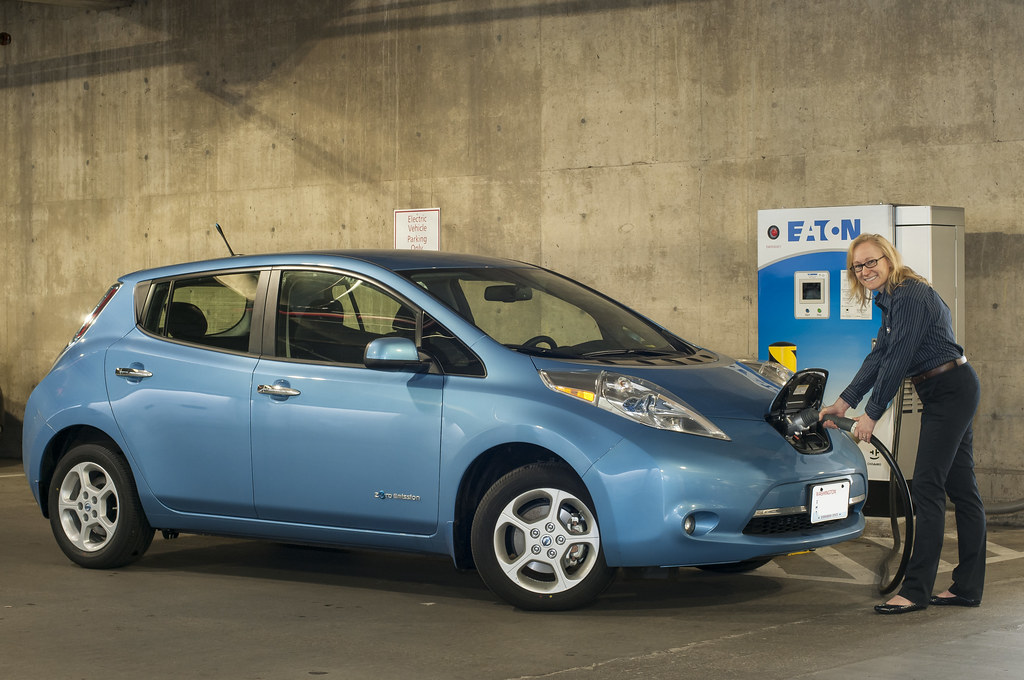
4. Nissan Recalls Nearly a Half-Million Engines in 2025
Nissan, a prominent player in the global automotive market, also faced a significant setback in 2025 with a substantial recall impacting nearly half a million vehicles due to engine defects. This broad recall specifically targeted over 400,000 vehicles, encompassing several popular models: the 2021-2024 Rogue, 2019-2022 Infiniti QX50, 2022 Infiniti QX55, and the 2019-2020 Altima. These models shared a commonality in their engine types: either a 3-cylinder, 1.5-liter or a 4-cylinder, 2.0-liter turbo engine featuring variable compression technology.
The most extensively affected model in this recall was the Nissan Rogue, with more than 348,000 units included, followed by the Infiniti QX50, impacting over 84,000 vehicles. Nissan officially reported to the National Highway Traffic Safety Administration (NHTSA) that the bearings within these engines could fail. Such a failure has dire consequences, including complete engine failure, a significant reduction in motive power, and an elevated risk of accidents due to compromised vehicle performance.
For owners of the affected vehicles, Nissan has committed to providing a free inspection and, if necessary, a parts replacement to rectify the engine bearing issue. This measure is crucial for ensuring the long-term reliability and safety of these models, particularly given the critical nature of engine function. It serves as a reminder that even advanced engine technologies are not immune to manufacturing defects that can have widespread and serious implications for vehicle owners.
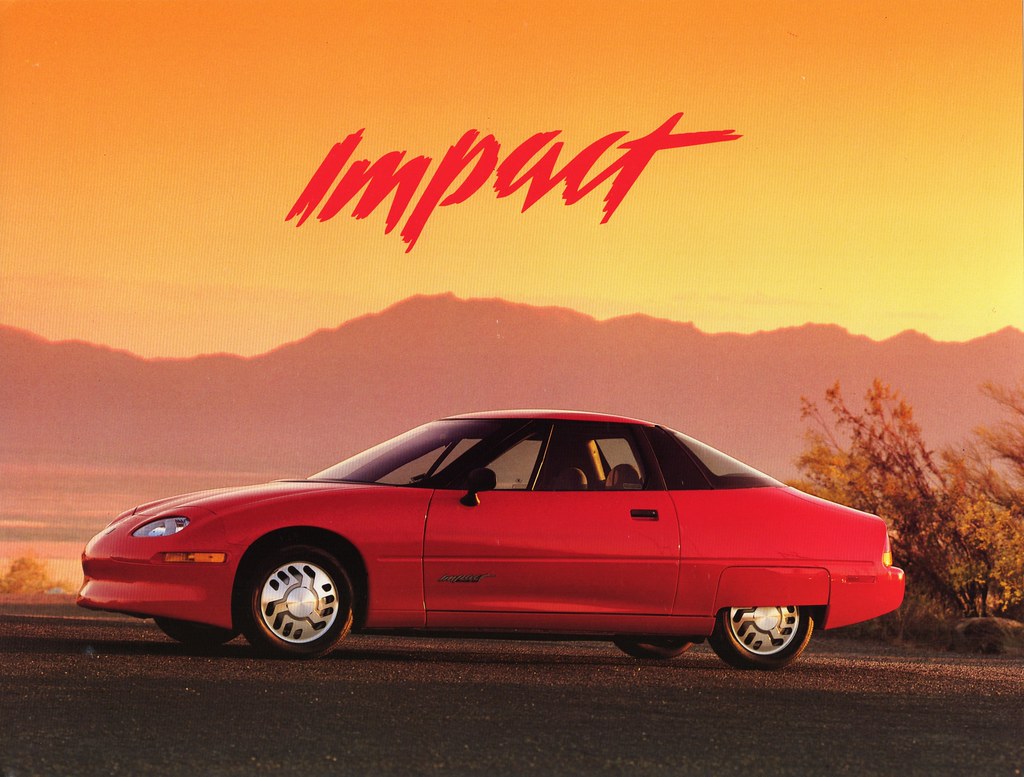
5. General Motors Blows 600,000 Engines in 2025
General Motors (GM) also encountered significant recall challenges in 2025, impacting nearly 600,000 trucks and SUVs equipped with V8 engines. The core of this issue lay in manufacturing defects affecting critical connecting rod and crankshaft components, leading to an increased risk of engine failure and subsequent accidents. Initially, GM’s full-size vehicles were under scrutiny for an even larger number, nearly 900,000 units, before the specific recall was narrowed down.
This recall encompassed a broad range of popular and heavy-duty GM vehicles, including the GMC Sierra 1500, Yukon, and Yukon XL, as well as the Cadillac Escalade and Escalade ESV models from 2021-2024. Chevrolet’s Silverado 1500, Tahoe, and Suburban models were also implicated. The potential for a sudden blown motor represents a serious safety concern, underscoring the importance of robust internal engine components for vehicle reliability and driver control.
GM has initiated a program for engine replacements to address this defect, estimating that approximately 3%, or about 18,000, of the affected vehicles will require a new engine. While the United States remains Chevrolet’s primary market, the ramifications of this recall have extended globally, affecting approximately 125,000 vehicles in Canada and other international markets. This widespread action highlights the critical need for meticulous quality control in high-performance engine manufacturing to prevent failures that can have significant safety and financial consequences for consumers worldwide.
Read more about: Unmasking the Hype: 14 Overrated Trucks & SUVs That Fall Short for Tough Jobs, According to Engineers and Towing Tests

6. Tesla Recalls Every Cybertruck Multiple Times
The Tesla Cybertruck, despite its futuristic debut in 2023, has quickly amassed an alarming recall history, demonstrating numerous problems within its first year and a half of production. This relatively new electric vehicle has been subject to multiple recalls, highlighting significant design and manufacturing weaknesses. Early issues included a failing windshield wiper motor, a faulty accelerator pad, and even an incorrect font size on the electrical system, pointing to a range of defects from minor nuisances to critical safety concerns.
Perhaps the most substantial recall for the Cybertruck in 2024 involved nearly all 12,000 units produced at the time. This action was prompted by defects related to both the windshield wiper and the plastic trim in the truck bed. Investigators found that this plastic trim could detach while the truck was in motion, posing significant hazards to the operator and surrounding drivers by creating unexpected road debris. This particular issue raised serious questions about the vehicle’s structural integrity and build quality.
The problems continued into 2025, with another major recall in March affecting nearly all 46,000 Cybertrucks then on the road. This time, federal regulators determined that an exterior panel could detach from the windshield while driving, creating a dangerous obstacle for other vehicles and dramatically increasing the risk of crashes. Tesla has committed to replacing this panel for free to prevent further incidents. As of spring 2025, the Cybertruck has accumulated its eighth recall in just an 18-month span, an unwelcome record for any vehicle, particularly one positioned as a leader in electric vehicle innovation.
Social media videos have further amplified public concerns, with many demonstrating what appears to be cheap construction. Federal government officials identified that the stainless steel strip was particularly vulnerable to environmental embrittlement, a consequence of the adhesive used in its assembly. This recurring pattern of recalls casts a shadow of doubt over the Cybertruck’s reliability and Tesla’s quality control, suggesting that significant design and material shortcomings are at play.
Car Model Information: 2024 Tesla Cybertruck All-Wheel Drive
Name: Tesla Cybertruck
Caption: 2024 Tesla Cybertruck, Foundation Series
Manufacturer: Tesla, Inc.
Production: November 2023 – present
ModelYears: 2024–present
Assembly: Austin, Texas
Designer: unbulleted list
Class: Pickup truck
BodyStyle: crew cab
Layout: unbulleted list
Transmission: Single-speed fixed (15:1 ratio)
ElectricRange: cvt
Wheelbase: cvt
Length: cvt
Width: cvt
Height: cvt
Weight: Unbulleted indent list
Sp: us
Charging: unbulleted list
Battery: val
Motor: unbulleted indent list
Categories: 2020s cars, All-wheel-drive vehicles, All Wikipedia articles written in American English, All articles containing potentially dated statements, All articles with unsourced statements
Summary: The Tesla Cybertruck is a battery-electric full-size pickup truck manufactured by Tesla, Inc. since 2023. It was first unveiled as a prototype in November 2019, featuring a distinctive angular design composed of flat, unpainted stainless steel body panels, drawing comparisons to low-polygon computer models.
Originally scheduled for production in late 2021, the vehicle faced multiple delays before entering limited production at Gigafactory Texas in November 2023, with initial customer deliveries occurring later that month. As of 2025, three variants are available: a tri-motor all-wheel drive (AWD) model marketed as the “Cyberbeast”, a dual-motor AWD model, and a single-motor rear-wheel drive (RWD) “Long Range” model. EPA range estimates vary by configuration, from 320 to 350 miles (515 to 565 km).
As of 2025, the Cybertruck is sold in the United States, Mexico, Canada and South Korea. The Cybertruck has been criticized for its production quality and safety concerns while its sales have been described as disappointing.
Get more information about: Tesla Cybertruck
Buying a high-performing used car >>>
Brand: Tesla Model: Cybertruck
Price: $75,619 Mileage: 2,133 mi.
Read more about: Beyond the Pavement: An In-Depth Look at 14 Off-Road Trucks, From Trailblazers to Trouble Spots
/cdn.vox-cdn.com/uploads/chorus_image/image/49517677/20160310-general-motors-gm-headquarters.0.jpg)
7. GM Recalls 3.7 Million Cars in 1973
Turning back the clock to 1973, General Motors (GM) faced a substantial recall affecting 3.7 million vehicles in its diverse fleet. This historical recall was initiated due to a faulty stone-guard assembly, a component designed to prevent debris from becoming lodged in the vehicle’s undercarriage. In this particular instance, the assembly failed to perform its intended function, allowing stones to get caught in a way that critically impaired the car’s ability to turn to the left.
This seemingly minor component defect had a profound and dangerous impact on vehicle control. Owners of affected Buick, Chevy, Oldsmobile, and Pontiac cars discovered that debris could physically obstruct the steering mechanism, making left turns impossible or extremely hazardous. Such a limitation on steering control presents an immediate and severe risk to drivers, especially in traffic or emergency maneuvers where precise handling is paramount for safety.
Fortunately, this particular recall proved to be one of the more straightforward fixes in automotive history. GM addressed the issue by retrofitting the affected vehicles with a redesigned, bolt-on stone guard. This relatively simple mechanical modification was all that was required to resolve the defect and restore safe steering capabilities, allowing these millions of vehicles to be put back on the road without the previous dangerous limitation. The incident highlights how even seemingly ancillary components can have critical safety implications if not properly designed or manufactured.
Navigating the complexities of automotive reliability requires a thorough understanding of historical precedent, not just the latest headlines. While the previous section illuminated recent challenges, delving into some of the largest and most impactful recalls from past decades offers invaluable insights into the enduring commitment, and sometimes failures, of manufacturers to uphold safety standards. These historical cases serve as critical reminders that even long-established brands have faced monumental safety challenges, shaping the industry and consumer expectations for decades to come.
Read more about: High-Mileage Havoc: The Crippling Electrical & Mechanical Nightmares Haunting Your Sports Car – A Deep Dive into the Ford S197 Mustang
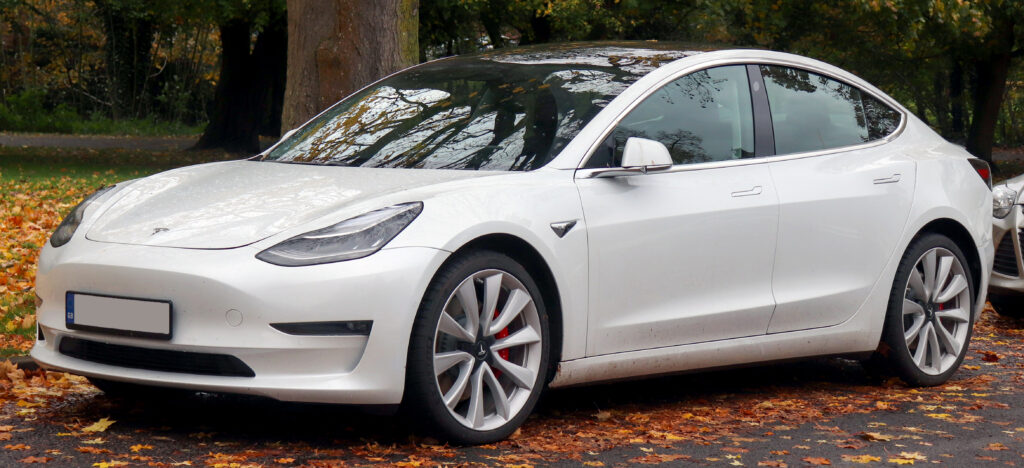
8. Tesla Recalls 4.1 Million Vehicles in 2022
Tesla, a relatively newer entrant to the automotive industry with its debut in 2008, has rapidly grown to prominence, yet it has not been immune to significant recall challenges. In early 2023, the California-based electric vehicle (EV) manufacturer announced a recall affecting 360,000 vehicles, pushing its total recalls since 2022 to an astonishing 4.1 million. This places Tesla second only to Ford in terms of recall volume during this specific period, underscoring notable issues for a company pioneering advanced automotive technology.
The primary concerns behind Tesla’s extensive recall history stem from its self-driving system. Reports indicated that vehicles equipped with this technology failed to come to a complete stop at stop signs as intended, and some models continued driving straight in turn-only lanes. Such malfunctions of critical safety features raise serious questions about the readiness and reliability of autonomous driving systems for widespread public use.
These identified problems have understandably cast doubt on the safety and efficacy of autonomous vehicles in general, making existing cars equipped with these features potentially unsafe under certain conditions. For consumers and industry observers alike, these incidents highlight the imperative for Tesla and other automakers to rigorously refine and prove the safety of self-driving technologies. This is a crucial step if fully autonomous machines are ever to achieve ubiquitous acceptance and reliable performance on public roads.
The recurring nature of these software-related issues emphasizes that innovation, while exciting, must always be tethered to unwavering safety standards and exhaustive testing. Consumers considering autonomous features must remain vigilant and informed about the ongoing developments and any further advisories or recalls related to these advanced systems.
Read more about: Waymo’s Road Ahead: Unpacking the Startling Number of Autonomous Driving Incidents You Need to Know

9. Ford Recalls 4.1 Million Cars in 1972
Looking back a half-century, the automotive landscape was vastly different, particularly concerning safety features that are now considered standard. It’s almost unimaginable today to think of a time when seatbelts were not mandatory, a stark contrast to current driving habits where buckling up is second nature for most. This historical context is vital when examining significant recalls from earlier eras.
In 1959, the government mandated the installation of seatbelts, a crucial step toward enhancing occupant safety. However, Ford, approximately a decade after this mandate, encountered significant issues with its seatbelt systems. By 1972, the “blue oval” automaker discovered faulty seatbelts in its vehicles, a defect that became apparent during accidents.
One critical problem was that the seatbelts were found to be too short. This design flaw made it difficult, if not impossible, for many individuals to use them effectively, thereby compromising their intended safety function. A seatbelt that cannot be properly fastened offers little to no protection in the event of a collision, exposing occupants to unnecessary risks.
In response to this widespread safety concern, Ford was compelled to replace all the faulty seatbelts in the affected 4.1 million cars. Additionally, the National Highway Traffic Safety Administration (NHTSA) imposed a fine of $95,000 on Ford, a substantial penalty at the time, equivalent to approximately $500,000 in the 21st century, underscoring the seriousness of the safety lapse.
Read more about: The Resale Reality Check: 14 Cars That Plummeted in Value After Just Five Years

10. GM Recalls 6.4 Million Cars in 1981
General Motors, a recurring presence in the history of large-scale recalls, faced another significant challenge in 1981. This incident involved the recall of over 6 million vehicles due to a critical defect in their rear suspension bolts. Such a massive recall highlights how even seemingly minor components can have profound impacts on vehicle safety and control.
Upon investigation, inspectors determined that these specific rear suspension bolts were prone to rusting more easily than deemed acceptable for such a vital structural component. This premature corrosion had severe consequences: it could cause the rear control arms to detach or drop to the ground. The integrity of a vehicle’s suspension system is paramount for stable handling and driver control.
The loss of a rear suspension bolt, as experienced by affected GM owners, directly led to cars spinning out of control. This unintended and dangerous maneuver represents a severe safety hazard, particularly at speed or in traffic. Consumer reports indicated that twenty-seven drivers specifically reported accidents stemming from this identifiable defect.
The high number of reported incidents prompted GM to implement quick fixes to address the faulty rear suspension bolt issue. Despite these efforts, this extensive recall, along with other instances, solidifies GM’s position as one of the most frequently recalled car brands in automotive history, emphasizing the ongoing challenges in ensuring long-term component reliability.
Read more about: The Real Cost of Speed: 14 Sports Cars & What Financial Experts REALLY Think About Your Investment

11. GM Recalls 6.7 Million Cars in 1971
A decade before its 1981 recall, General Motors encountered an even larger and more perilous issue in 1971, stemming from a defect in its motor mounts. This recall, impacting nearly 7 million vehicles, stands as a landmark event, representing the largest automobile recall of its time. The scope and nature of the problem were particularly alarming for vehicle owners.
The motor mount issue manifested in a frightening scenario: without any driver input, the engine could unexpectedly lift, and the throttle could become stuck open. This mechanical failure caused the vehicle to accelerate by itself, an extremely dangerous situation where the driver loses control over speed, even while the car was stationary or in motion.
This recall primarily affected Chevrolet models, including the iconic Chevrolet Camaro and other full-sized vehicles, as well as light trucks produced between 1965 and 1970. The National Highway Traffic Safety Administration (NHTSA) documented a disturbing record of 63 accidents and 18 injuries directly linked to this motor mount defect, highlighting the severe risks posed to drivers and passengers.
The sheer scale and critical safety implications of this event cemented its place in automotive history. It underscored the absolute necessity for robust engine mounting systems and the profound consequences when such fundamental components fail, emphasizing the continuous need for rigorous quality control in vehicle manufacturing.
Read more about: The Road to Ruin: 12 High-Performance Cars That Drove Straight into Disaster and Became Automotive Nightmares
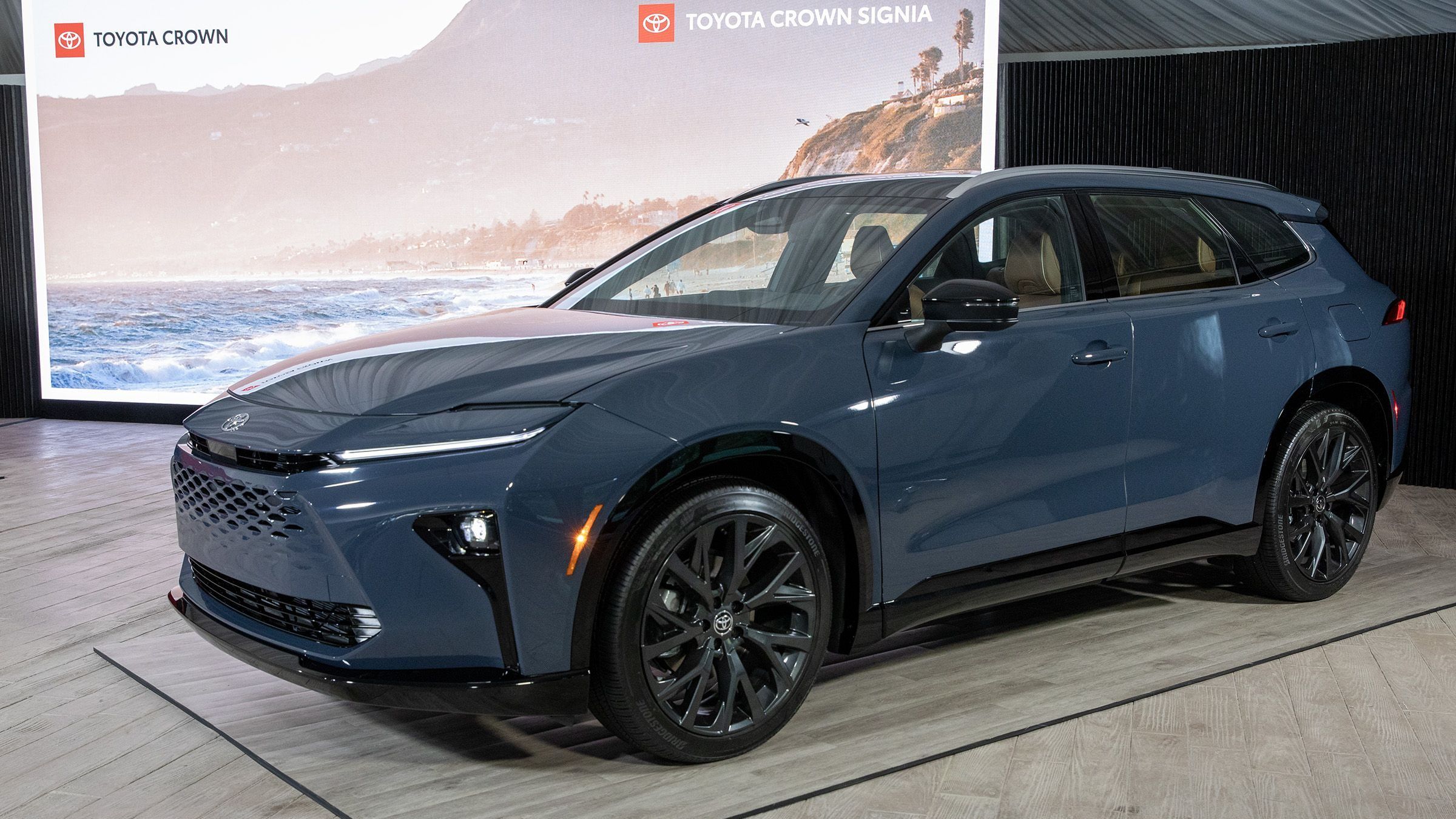
12. Toyota Recalls 7.4 Million Cars in 2012
Toyota, a Japanese automaker widely recognized for producing safe and reliable vehicles, found itself embroiled in a significant global recall in the fall of 2012. This event was particularly noteworthy given Consumer Reports’ consistent ranking of Toyota and its luxury division, Lexus, among the most dependable automakers worldwide. The recall focused on a seemingly innocuous component: power window switches.
Over 7 million Toyota vehicles equipped with power windows were identified as having faulty switches that presented a genuine risk of catching fire. This defect is a serious concern, as vehicle fires, regardless of their source, pose immediate and severe threats to occupants. Maintaining an operational, fire-free vehicle is a fundamental expectation for all drivers.
An in-depth investigation by Toyota revealed the root cause: the lock switch within the power window mechanism had received inadequate lubrication or “bad grease jobs.” Over time, this deficiency led to corrosion of the switch, which, in turn, increased the risk of electrical malfunction and subsequent fire. This detailed finding illuminated the critical importance of even minor manufacturing processes.
While a faulty window switch might seem like a small inconvenience, its potential to ignite a vehicle fire transforms it into a major safety hazard. This risk is amplified during routine driving, but it becomes particularly harrowing to imagine such an incident occurring during a long road trip or while navigating dense traffic, where immediate escape might be compromised.
Read more about: Navigating the Electric Highway: What Drivers and Repair Bills Reveal About 15 Problematic EVs for New Owners
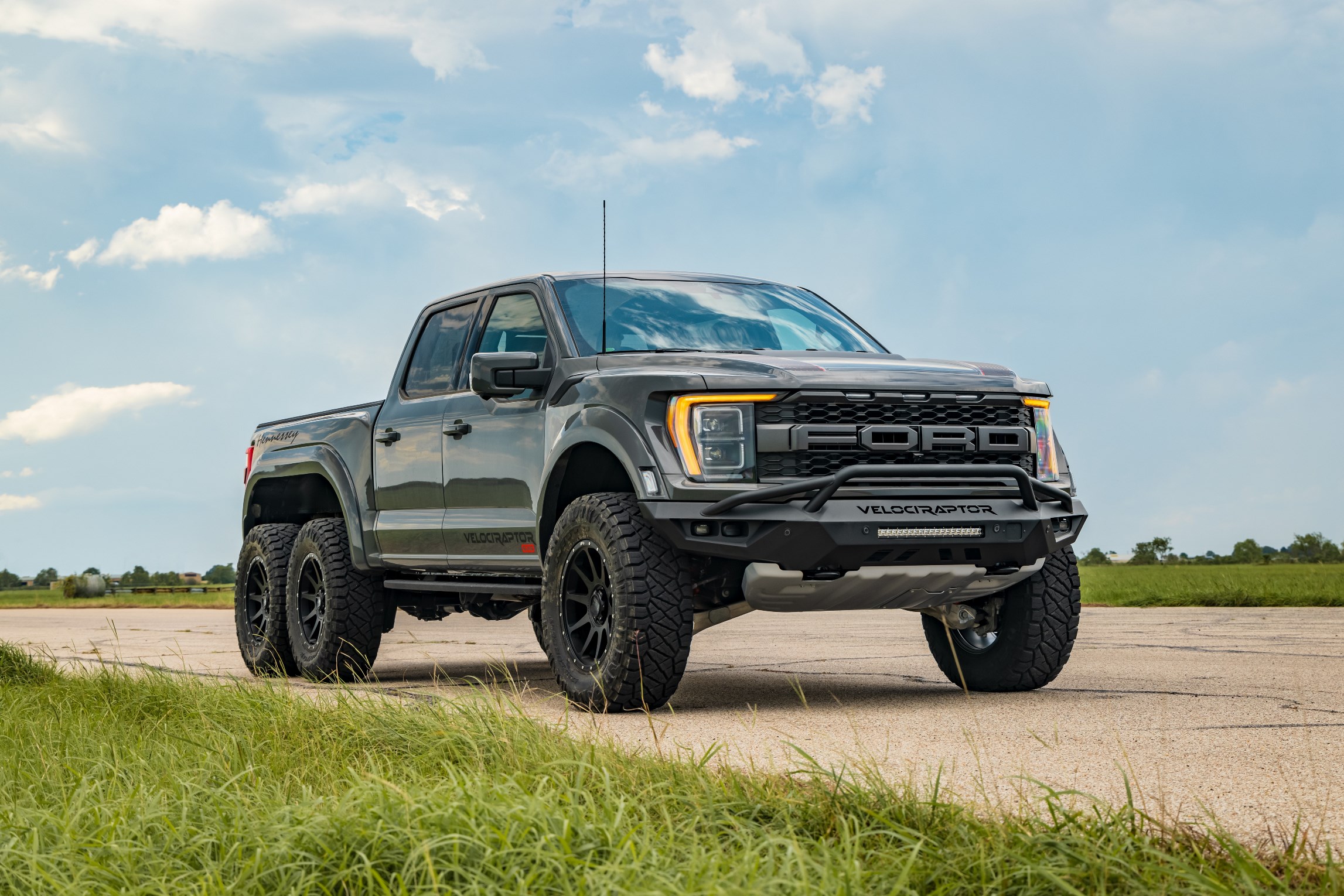
13. Ford Recalls 7.9 Million Cars in 1996
Ford faced another extensive recall in 1996, impacting nearly 8 million vehicles across its brands, including Lincoln and Mercury models manufactured between 1988 and 1993. The central culprit in this widespread safety action was a defective ignition switch, a critical component that can initiate a chain of dangerous events if compromised.
The electronics within these ignition switches were found to be faulty, leading to overheating. This overheating, in turn, created a severe risk of dashboard fires. Fires originating so close to the driver and passenger compartments present an immediate and profound danger, underscoring the critical liability associated with such a defect.
What makes this particular Ford recall especially troubling is the revelation that the company had reportedly been aware of the ignition switch issue for approximately five years before officially declaring the recall. This delay in action is a significant concern for consumer safety advocates, highlighting potential failures in prioritizing public welfare over other considerations.
While general ignition issues can sometimes be resolved with relatively minor interventions like lubrication or gear shift checks, the fundamental electronic flaw in this case proved more intractable. The prior knowledge of the defect by Ford amplified the severity of the situation, raising questions about accountability and the timely reporting of safety hazards.
Read more about: Smart Shopper Alert: 10 Affordable Hatchbacks That Turn into Costly Service Demons After Seven Years
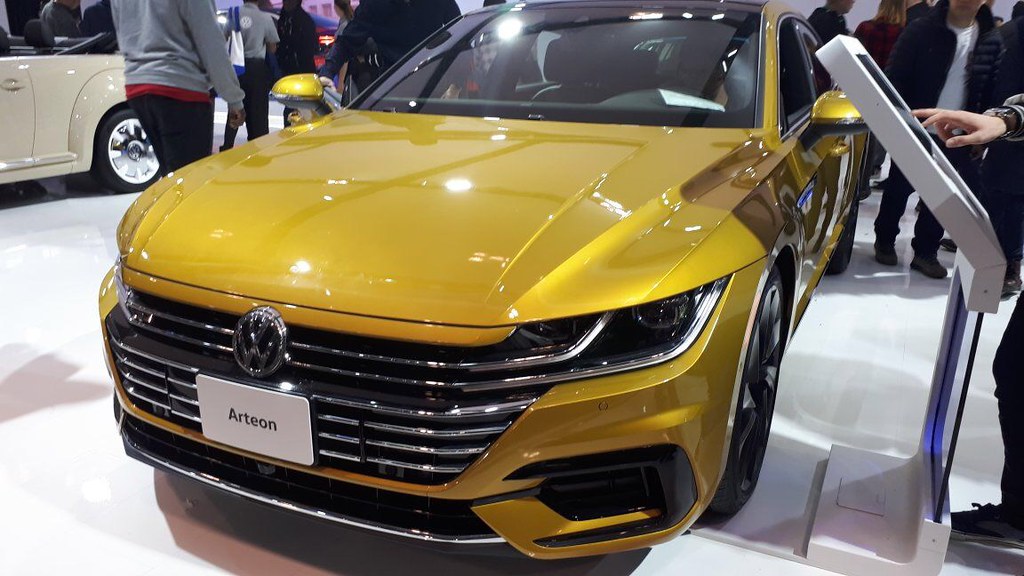
14. Volkswagen Recalls 8.5 Million Cars in 2016
Volkswagen’s 2016 recall was not only one of the largest in automotive history by sheer numbers but also caused significant damage to the automaker’s global reputation. This event unfolded in a period when strict emissions testing and regulations were being increasingly enforced to curb the environmental impact of vehicles. Manufacturers were under mounting pressure to ensure compliance.
In 2016, Volkswagen was forced to recall over 8 million vehicles after it was discovered that they had deliberately manipulated the emissions control systems in their diesel engines. These vehicles were designed to pass laboratory emissions tests by providing inaccurate data, effectively cheating the regulatory framework. In real-world driving conditions, these cars emitted pollutants far exceeding legal limits.
The scandal shocked the automotive industry and the public alike, revealing a profound breach of trust. The manipulation was a direct contravention of environmental laws and consumer expectations for honest manufacturing practices. Even today, the incident remains etched in the collective memory of “gearheads” and the wider public as a stark example of corporate malfeasance.
The ramifications for Volkswagen were severe, encompassing substantial fines, legal battles, and a lasting stain on its brand image. This recall serves as a powerful reminder that beyond mechanical safety, ethical conduct and adherence to regulatory standards are paramount for maintaining consumer confidence and integrity within the automotive industry.
Recalls, whether recent or historical, serve as powerful reminders that even with advancements in automotive engineering, vigilance remains paramount. From critical system failures in modern EVs to design flaws in classic cars, the issues are diverse but the underlying principle is constant: consumer safety must always be the priority. Staying informed about past and ongoing recalls is not merely an academic exercise; it is a practical necessity for every car owner to ensure their own safety and the reliability of their vehicle. Ultimately, an informed consumer is an empowered one, better equipped to navigate the complex world of automotive ownership and make decisions that safeguard well-being on the road.



